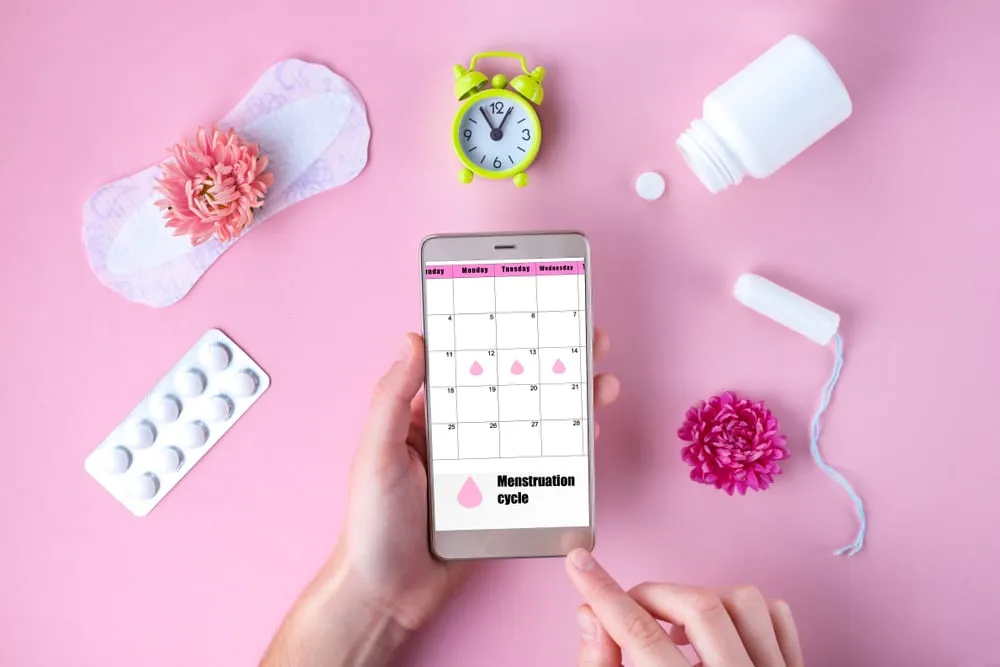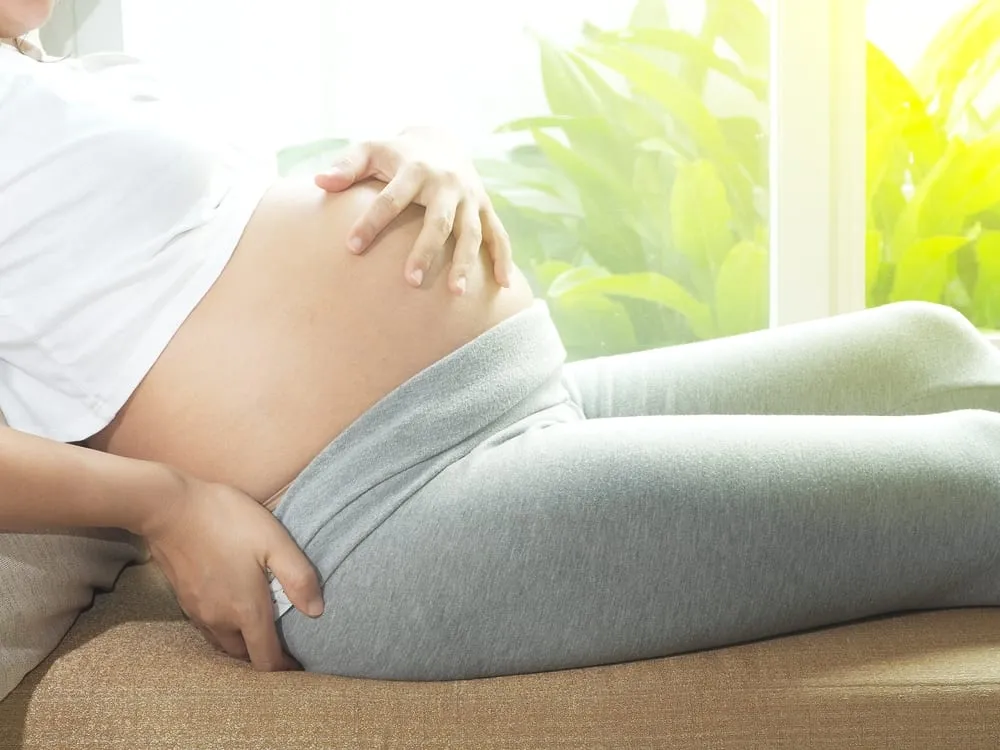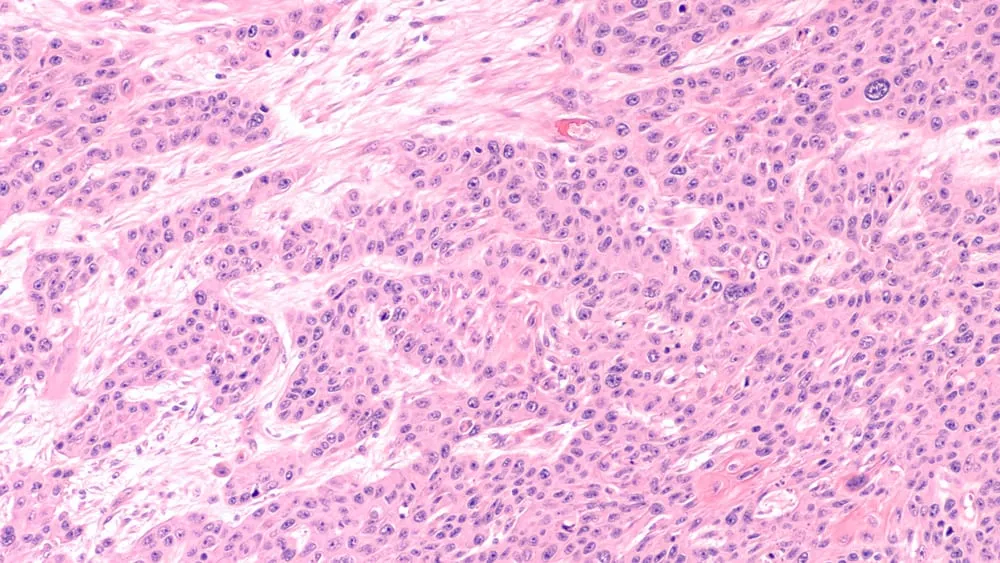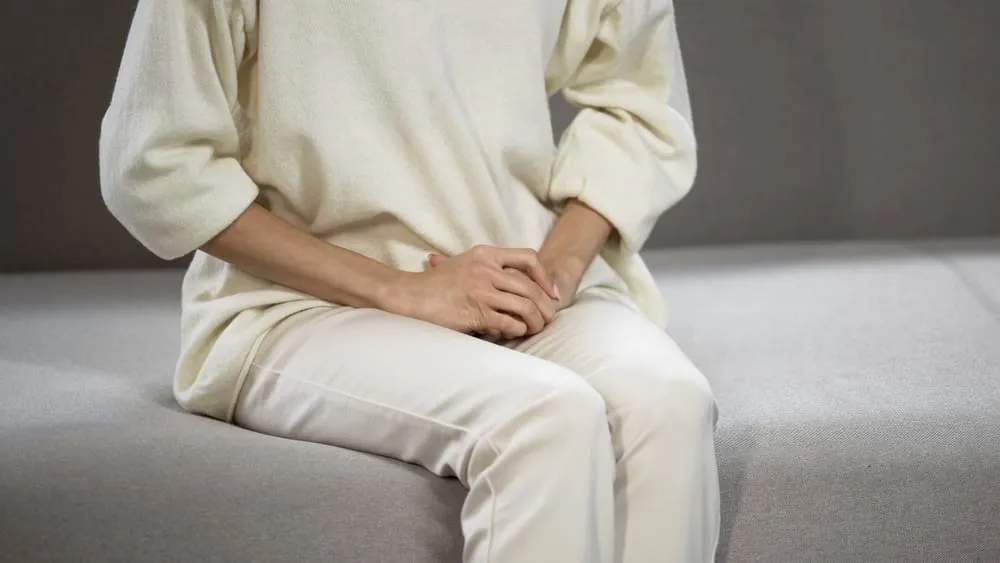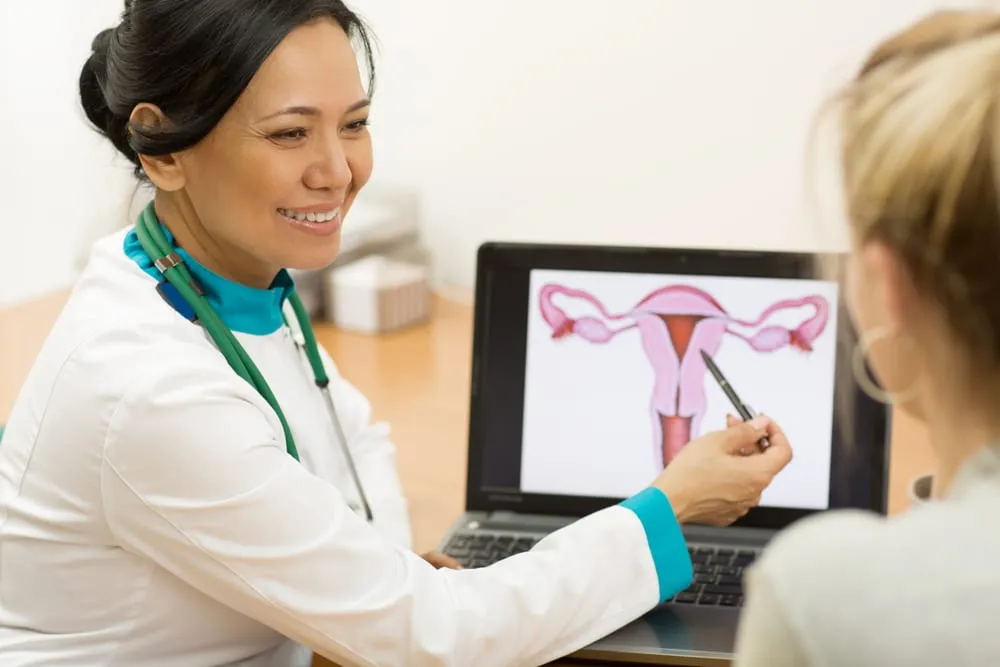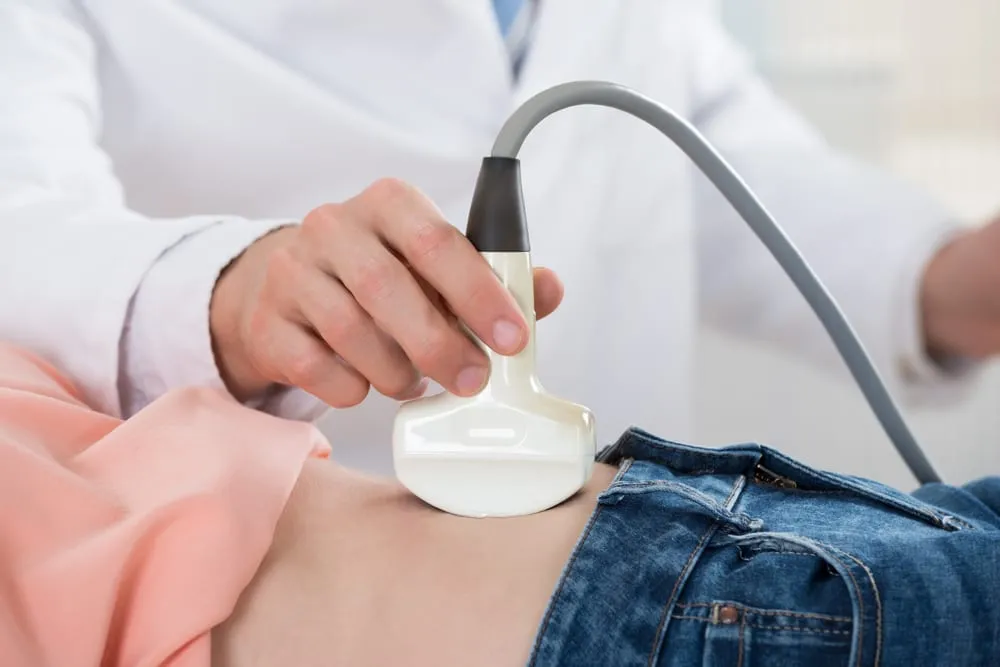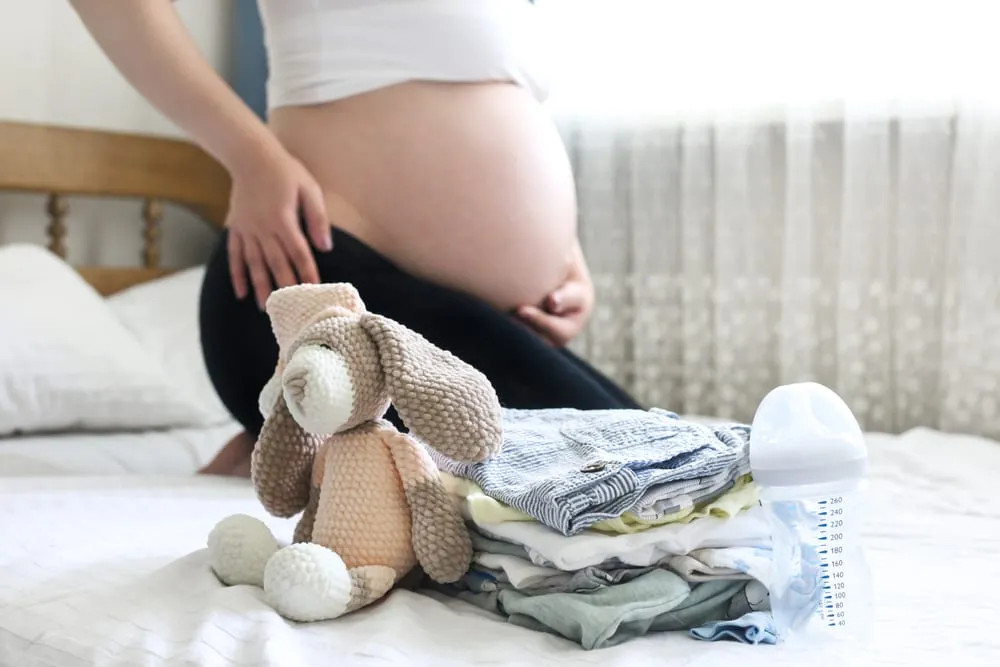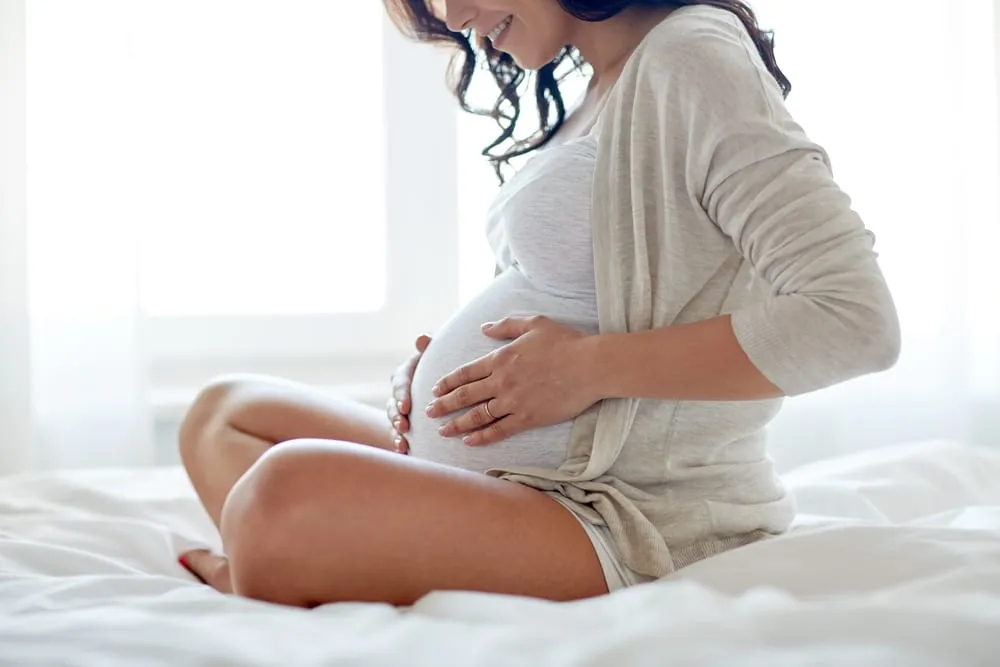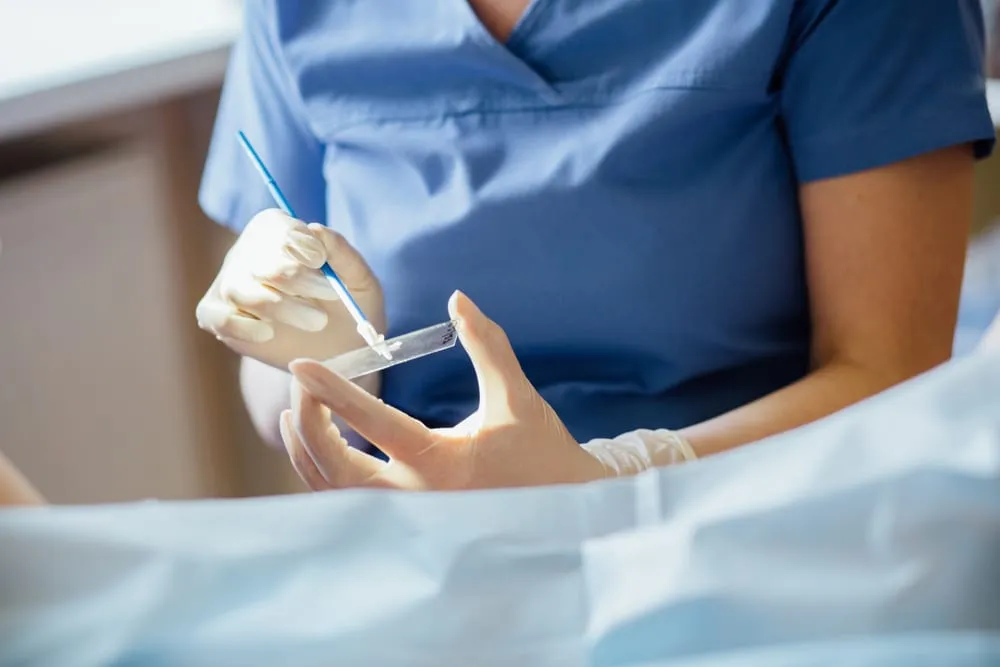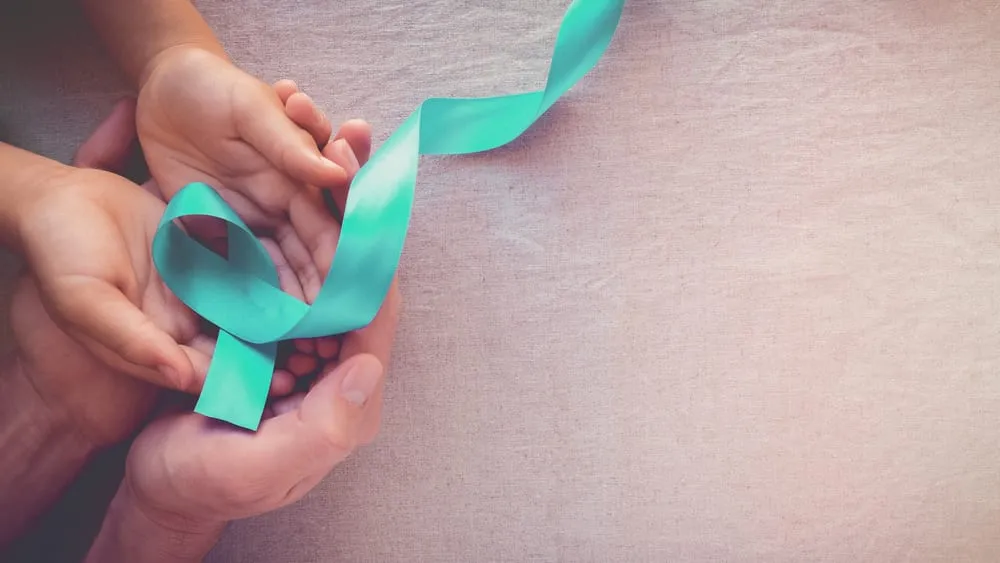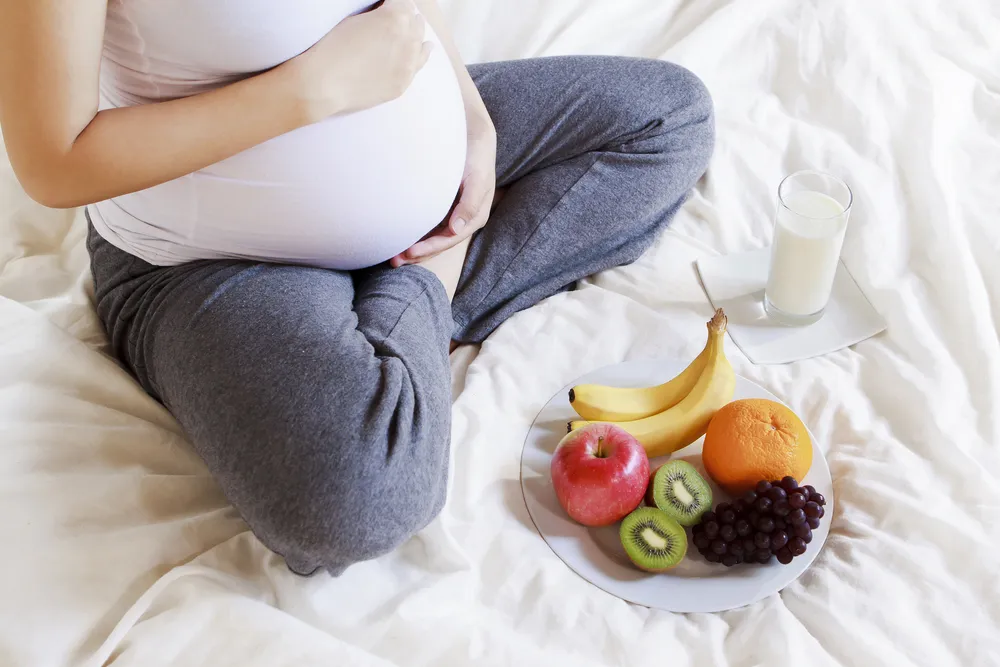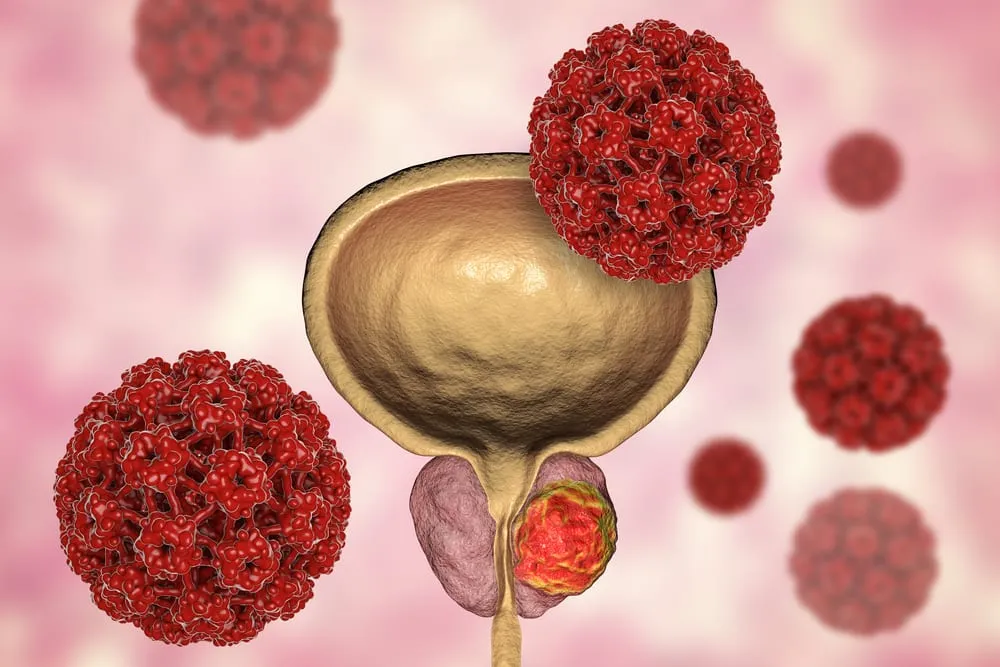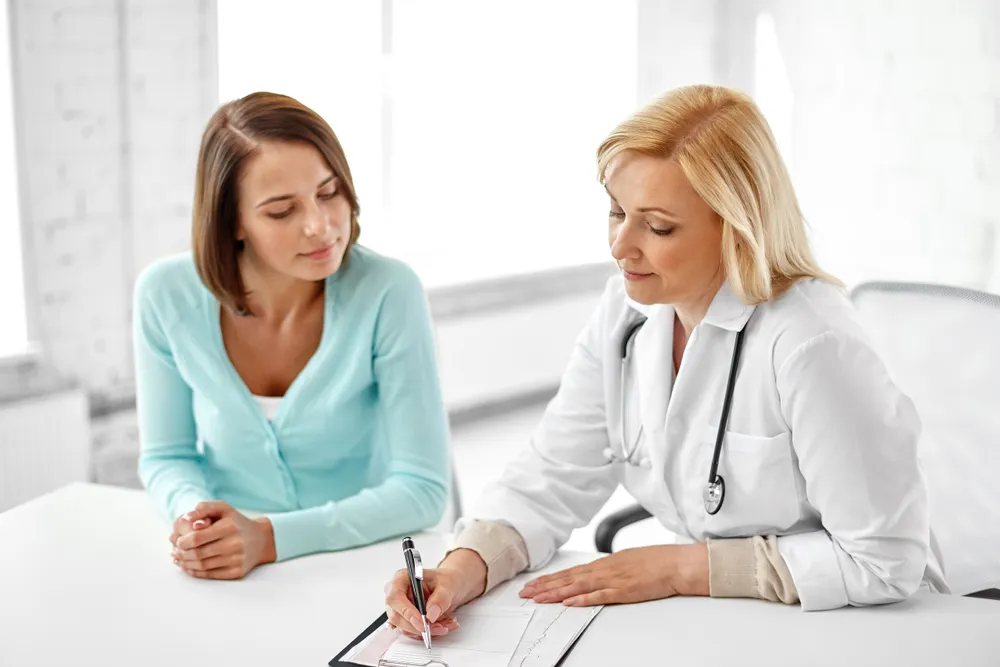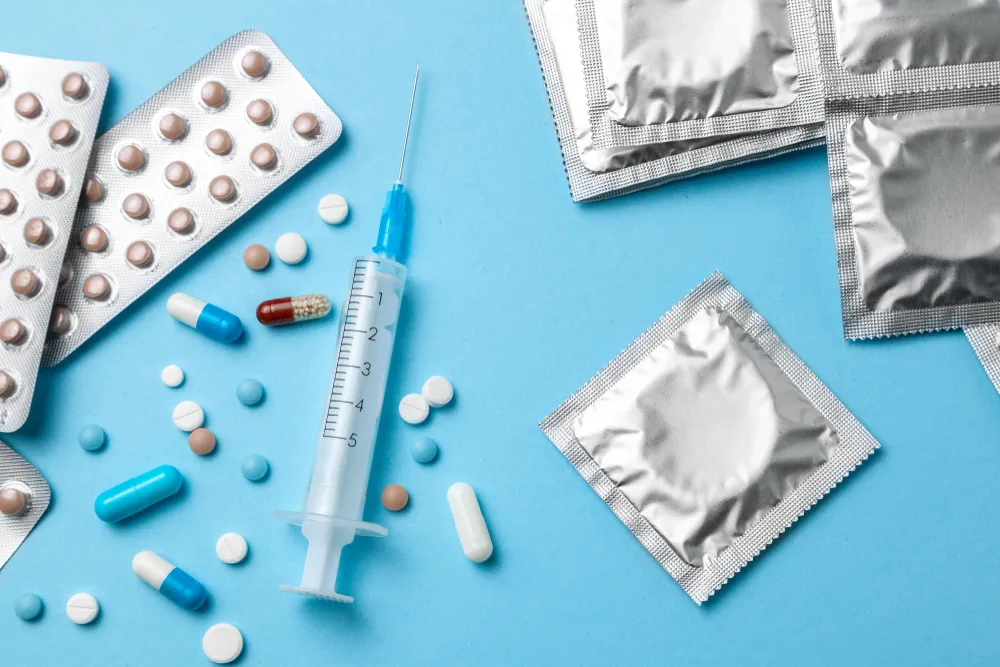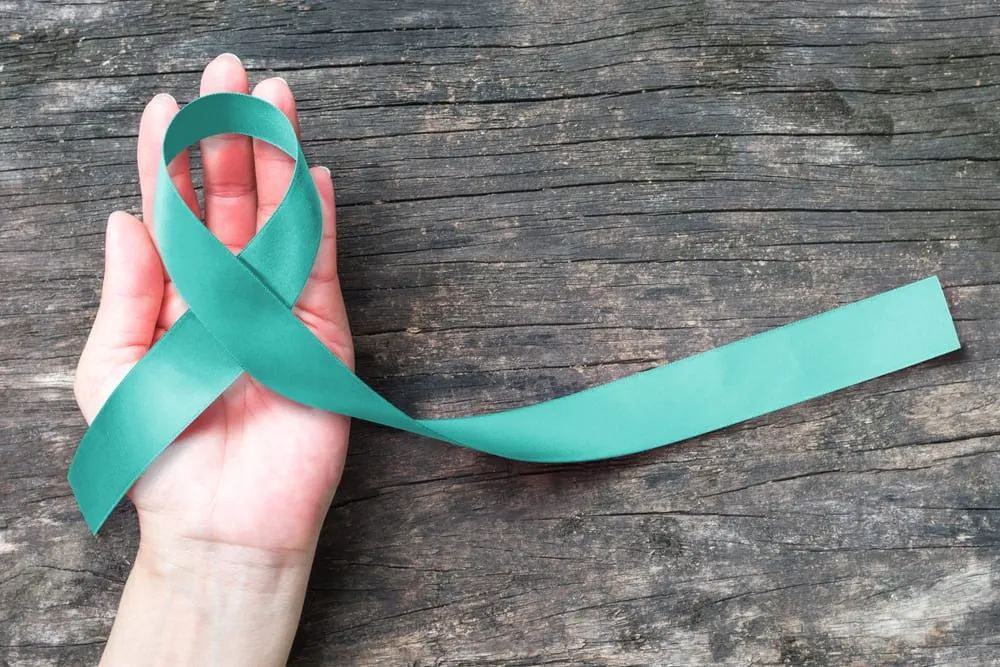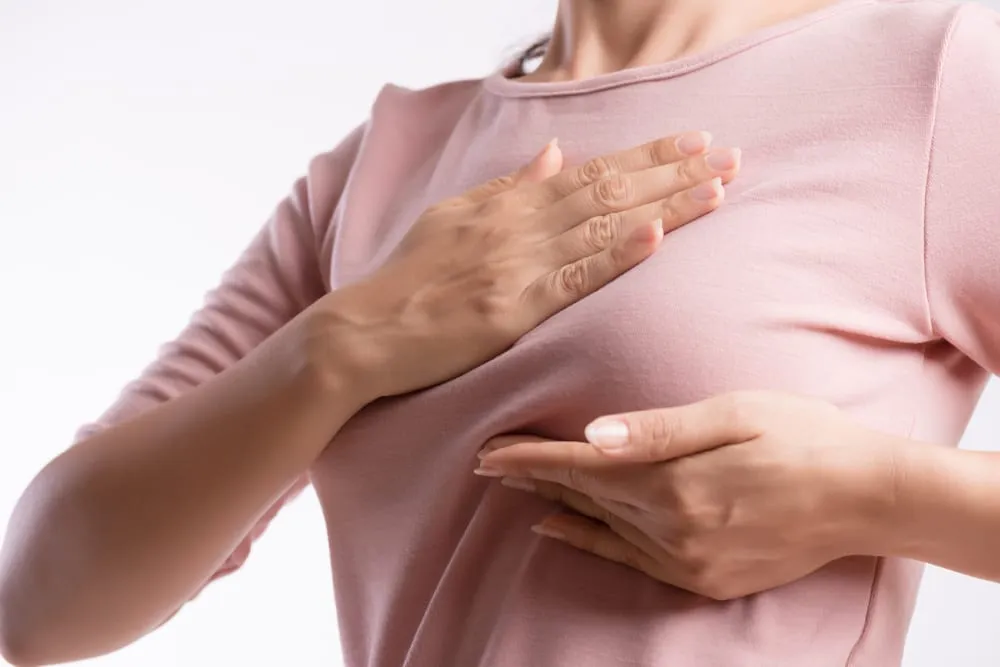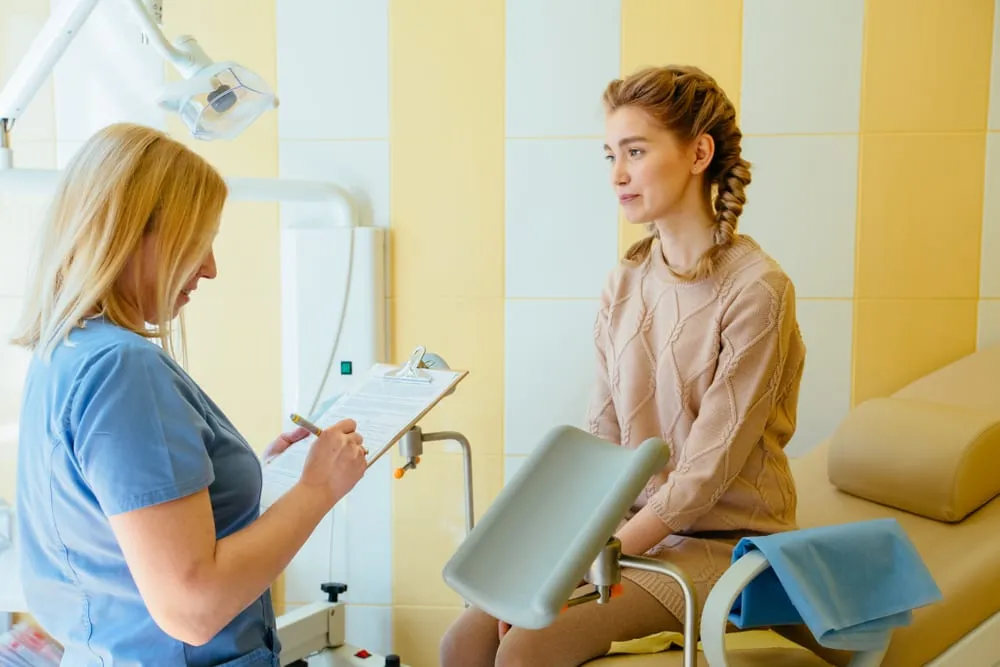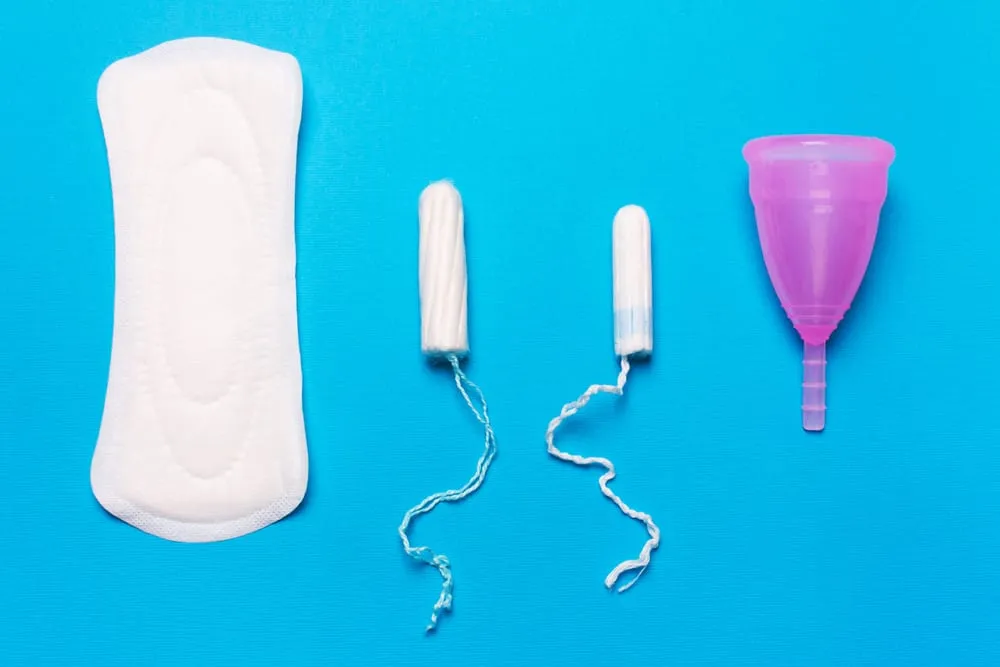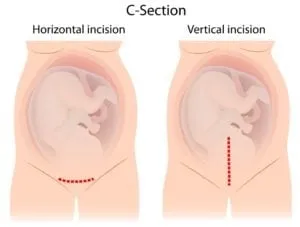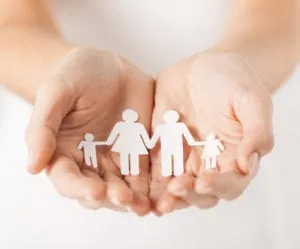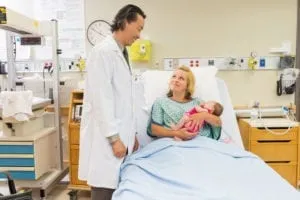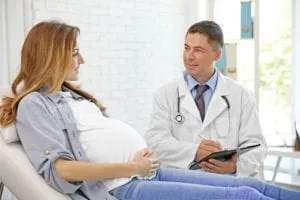Menstruation, more commonly referred to as a period, involves the shedding of the uterine lining when pregnancy doesn’t happen. This mixture of blood and tissue is known as menses, and every month will be shed from the body in most women. This period of a woman’s life begins between the ages of 11-14 and will be part of their natural cycle until approximately the age of 51. Premenstrual syndrome often occurs in the days before menstruation begins, and often has physical and emotional elements.
What’s Involved In a Normal Menstrual Cycle?
While most people are aware that a period occurs each month at approximately the same time, there is some misunderstanding about what happens during the rest of the menstrual cycle. Below is a breakdown of a standard 28-day menstrual cycle.
- Day 1 – Hormone levels are low, often causing irritability and depression. This is the first day of your period and marks the commencement of bleeding in most cases.
- Days 1-5 – Within your ovaries pockets filled with fluid, these are known as follicles. Each of these pockets contains an egg.
- Day 5-8 – All but one follicle is absorbed back into the ovary while hormone levels continue to rise. By the 8th day, the follicle continues to grow and releases higher levels of estrogen.
- Day 14 – Estrogen levels reach their peak, and the follicle bursts to release the mature egg into the ovary. This is the point known as ovulation. This is the day that a woman is most likely to get pregnant if they have had unprotected sex within the last three days or on the day of ovulation.
- Day 15-24 – The released egg now moves through the fallopian tubes on its way to the uterus. The follicle continues to produce progesterone, further thickening the uterine lining. If the egg is fertilized, it connects to the uterine lining.
- Day 24-28 –If the egg remains unfertilized, it breaks down, estrogen and progesterone levels drop, often leading to mood swings. The next step is your period, starting on Day 1 again.
While this is the typical series of events and lengths, some women have cycles that only last 24 days, while others last up to 38. Further, some women are very regular, while others may have cycles that vary between 24 and 38 days.
A Few Questions To Ask About Your Menstrual Cycle
When you speak to your physician about your menstrual cycle, it’s a great time to ask a few questions about it to learn more about your body. Below are a few questions you may consider asking them during your next appointment.
- How Can I Tell That I’m Ovulating? Just before you ovulate, your vaginal discharge will become slicker and clearer due to a special mucus being produced that aids movement of the egg.
- Should I Track My Cycle? You can discover a great deal by tracking your menstrual cycle, and changes in the cycle can alert you that something may be changing in your body. You can also note experiences such as bleeding or pain occurring at an unusual time.
- When Will I Get My First Period? Girls may first get their period between the ages of 8-15. If it starts before age 8, or after age 15, its time to speak to their physician. If breast development is occurring and continues for three years without the beginning of menstruation, speak to your physician.
If you have any further questions about menstruation or changes that you’ve noticed, it’s time to call our offices for an appointment. Our staff will schedule your appointment and let you know how to prepare to make the most of your first appointment.
